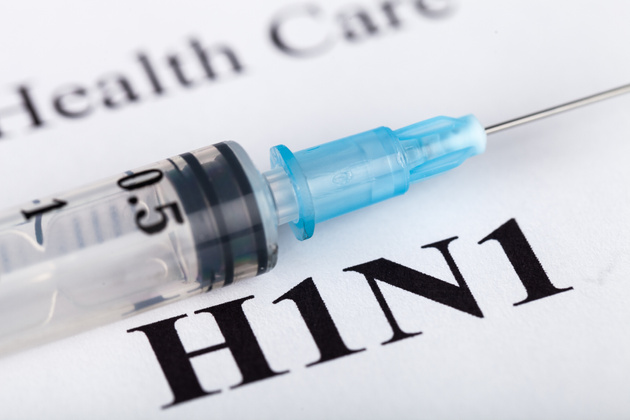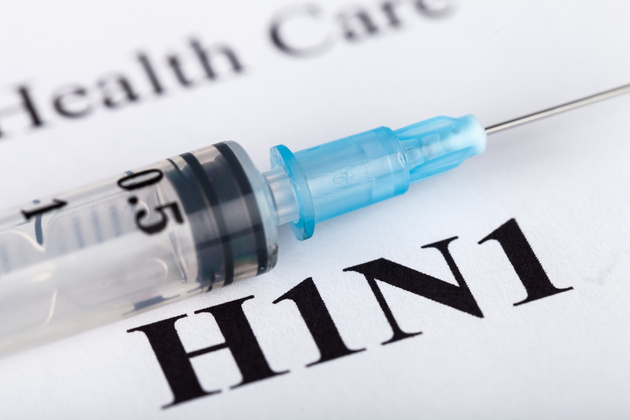The Importance of the First 48 Hours in Swine Flu (H1N1 Influenza A) Symptoms and Treatment
H1N1 Influenza A, known as “swine flu”, has started to show its effect again in recent days. Stating that many people do not know what to do when they encounter swine flu and the symptoms appear suddenly, Anadolu Health Center Infectious Diseases Specialist Assoc. Dr. Elif Hakko said, “H1N1 Influenza A is mostly seen among people in close contact with each other and groups of people in closed spaces. “The majority of the recent cases are H1N1 Influenza A cases,” he said.

Anadolu Health Center Infectious Diseases Specialist Assoc. Prof. said that it is necessary to act quickly without panicking due to H1N1 Influenza A, also known as swine flu. Dr. Elif Hakko said, “If there are complaints of fever, cough or pain, a health institution should be consulted. Individuals themselves cannot determine whether they are in the risk group or not. “Physician evaluation is important because pneumonia may occur even at the beginning,” he said.
Swine flu symptoms
Underlining that high fever is an important symptom in H1N1 Influenza A, Assoc. Dr. Elif Hakko said, “Fever up to 39-40 degrees, dry cough, muscle and joint pain spreading throughout the body, sore throat and runny nose in some people, and fatigue can be counted among the symptoms of H1N1 Influenza A. “Vomiting and diarrhea may also occur in some cases,” he said.
The first 48 hours are important in swine flu treatment
Dr. said that it is important for people diagnosed with H1N1 Influenza A to be treated within the first 48 hours. Hakko said, “Drug treatment is started and it is necessary to follow up, especially in terms of secondary infections. Patients are treated without being hospitalized whenever possible. However, they are hospitalized if necessary due to their general condition. Patients must be in contact with their physicians. “People outside the risk group are generally monitored with symptom-relieving medications such as antipyretics and painkillers,” he said.
Children and people over 65 are at risk
Infectious Diseases Specialist Assoc. Prof. stated that H1N1 Influenza A is a large risk group. Dr. Elif Hakko said, “Pregnant women, children between the ages of 0-5, people over the age of 65, anyone with a chronic disease; “Diabetic and heart patients, asthmatics, kidney patients, neurological and rheumatic diseases, and cancer patients are in the risk group,” he said. Pointing out that children and people over the age of 65 may experience H1N1 Influenza A more severely, Dr. Hakko: “It is important for these people to see a doctor. Because they recover from the disease does not mean that secondary infections will not occur. “They need to be kept under control because they may subsequently develop pneumonia,” he said.
If H1N1 Influenza A is suspected;
- Get a mask before going to the hospital
- The sick person and those caring for him/her should also wear a mask at home.
- People in the risk group should not be in the same room with the patient and, if possible, should be removed from home.
- Special attention should be paid to hand hygiene. Wash frequently with soap and water, use alcohol-containing hand disinfectants,
- Common areas should be cleaned with bleach
- The room where the patient is located should be ventilated frequently
If H1N1 Influenza A is diagnosed;
- drink plenty of water
- Be sure to take bed rest
- Do not leave home for a week as the risk of contagion continues
- Pay attention to your nutrition
- Be sure to be under the supervision of a physician




Comments are closed.